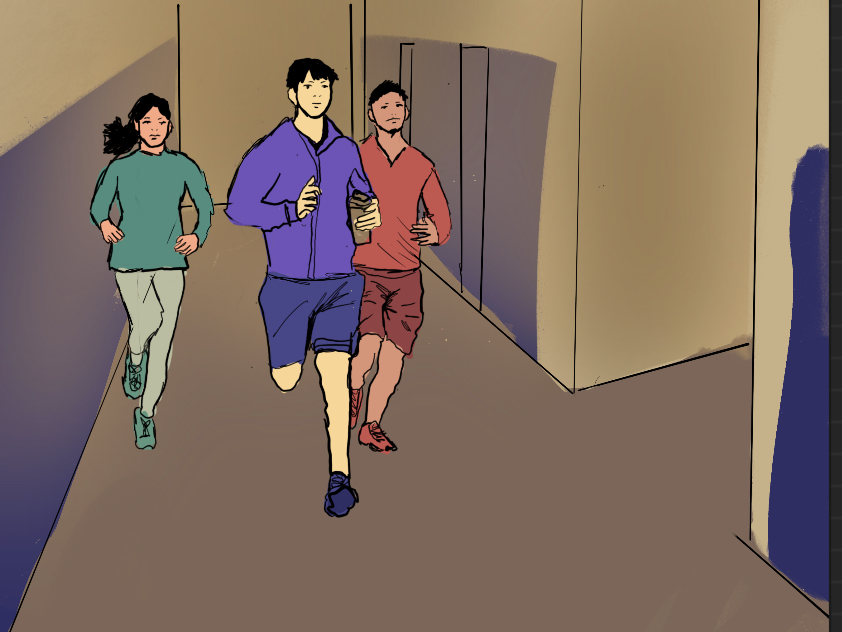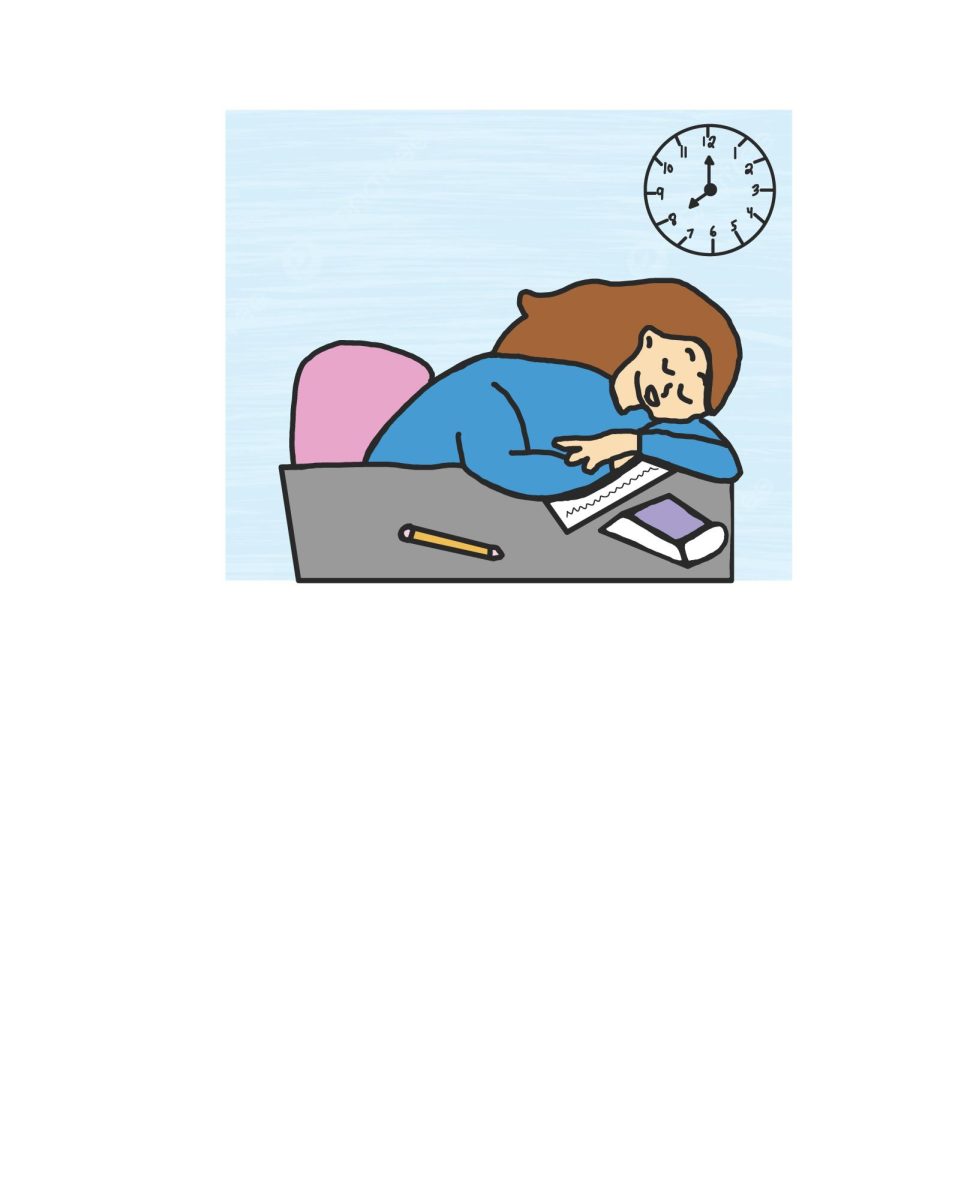As the fall season comes to a close, the transition towards winter sports is imminent. Football, soccer and cross country athletes will defrost for their winter selves and prepare for yet another long season of hard work. Colder weather and frosted grounds will force these athletes to remain indoors, creating a change-in-pace for those who had remained outside for the past three months. But does this transition have any effect on the athletes themselves?
Let’s focus on the obvious first: the weather. Winter seasons in the northwest suburbs have always remained somewhat consistent. Freezing temperatures, snow on the ground and occasional hailstorms parade the long winter season of November through February. During this prime time of the year, all athletes must remain indoors for their physical activity. As for the weather during the summer and into fall season, it reaches its climax towards the end of October. With average temperatures in the 50-60s, this time of the year is considered to be some of the most optimal conditions for sporting events and competition.
“There’s better scenery, and it’s cooler which makes it a lot easier to run,” said senior cross-country runner Kenzie Schwabe.
Alongside these ideal environments, the beautiful autumn leaves add on to the atmosphere of the competition between the athletes. It can help encourage the athletes, allowing them to look forward to a beautiful day of running and adrenaline alongside some of their closest friends. The excitement of sports being back from summer calms down as the season progresses, but their abilities continue to move forward with every practice. But the weather is not always perfect, and every not practice goes as planned. Thunder, lightning, windchill and the occasional hail often prevent, or at least delay, both practice and games. This slows down the progress of these outdoor athletes, forcing them to change practice plans or even cancel a game. This is something that winter sports won’t have to worry about, remaining indoors during the entire 4 months.
“I think there is a difference between the two seasons because people’s mood and mentality can be affected by the weather,” said senior volleyball player Maddie Gauthier. “For instance, an outdoor athlete would have no motivation to play in freezing or raining weather. Always practicing indoors could possibly help with consistency.”
A consistent stream of practices and games for the winter season sports almost guarantees improvement from teams as the months go by. Practicing everyday and maintaining their game becomes easier for athletes without the worry of cancellations or inconsistency.
The winter season comes with many worries of its own, mainly things outside the control of the athletes. Transitioning straight from the fall weather, temperatures drop quickly and seasonal sickness are rampant among the student athletes. Spreading throughout the teams at a rapid pace, this domino effect leads many players to lose their rhythm and perform at their worst. On top of sickness, injuries also become a major problem within this period of time. Although not as physical as sports like football and lacrosse, the wintertime consists of the longest running sports season within high school an athlete can participate in. With rigorous such schedules, these players are more likely to obtain injuries. But their work ethic always remains the same.
“Fall sports like cross country, football, field hockey and volleyball are programmed differently than winter sports like basketball, bowling and hockey,” said Coach Eric, the coordinator of all the workouts tailored for the athletes. “The movement patterns are similar, but the emphasis in the set/rep scheme differs to prepare athletes for their sport and the time of year.” Despite having completely different workouts as well as practice structure, fall and winter sports remain hard at work down in the Murphy Wellness Center. Offseason or in-season, student athletes are found downstairs and working hard in their respective fields of play. Indoor and outdoor practices are irrelevant within the weight room as it relies on the athletes themselves to decide to lift and make the effort to get better at their sport. Winter and fall athletes share this similarity, training their bodies where it matters most: down in the weight room. These little things matter in both seasons and can truly contribute to the success of our athletes.
Athletes will work hard no matter the season or the sport. Within both the winter and fall, it is the commitment and dedication of these athletes that makes them so successful.
Seasons changing: the effect of winter on fall sports
Donate to Viator Voice
$50
$500
Contributed
Our Goal
Your donation will support the student journalists of Saint Viator High School. Your contribution will allow us to purchase equipment and cover our annual website hosting costs.






